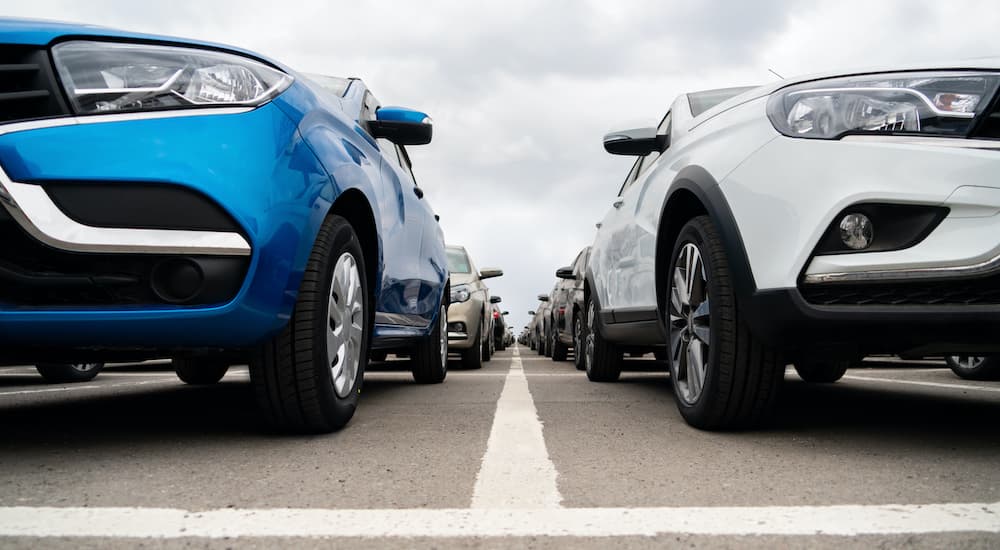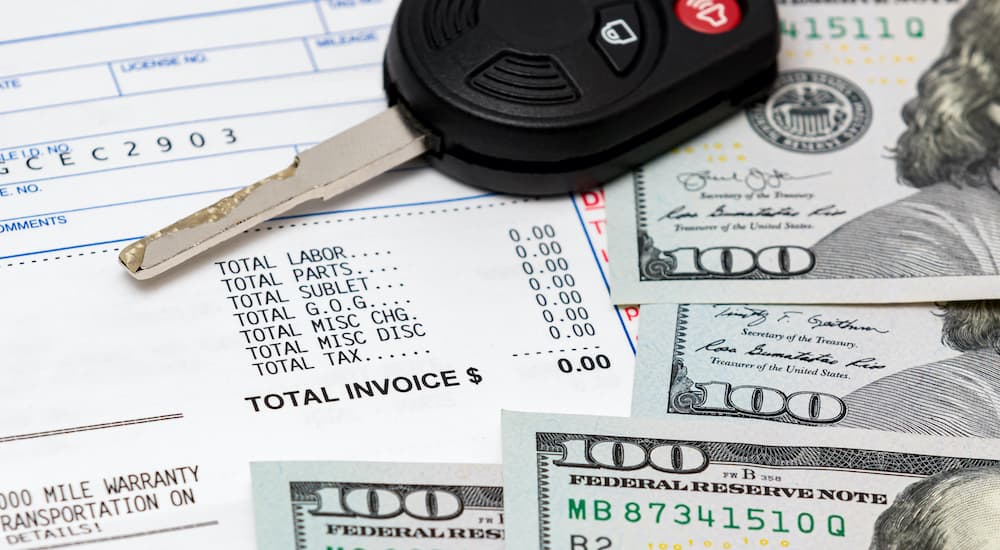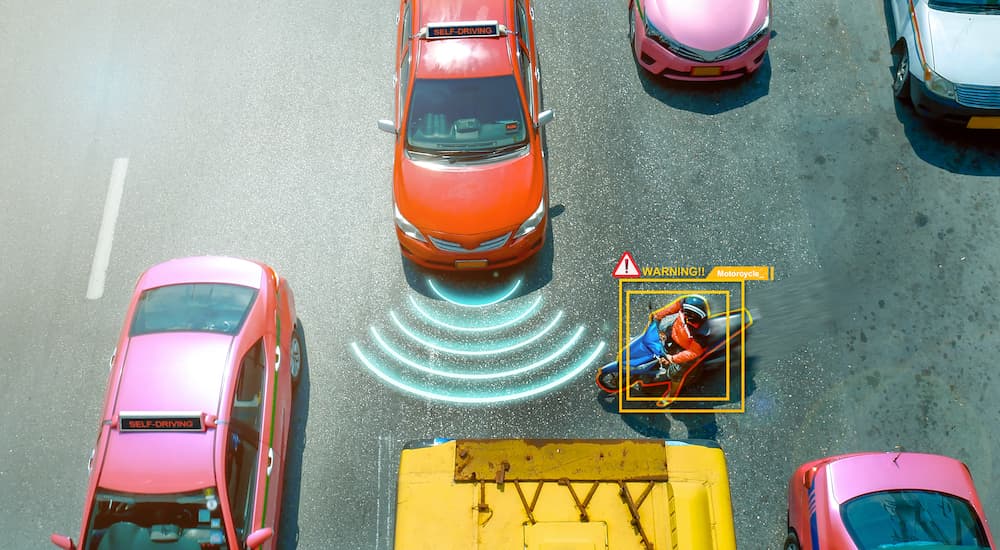As if there aren’t enough factors to consider when buying a used car, we’re about to throw something else at you – age vs mileage. Let’s say that you find a car that’s relatively new for a used car, perhaps within five years old, but it has over 100,000 miles on it. Is it worth looking into? What if you find a car that’s over a decade old but only has 50,000 miles on it. Is it better?
The best age of a used car depends on your lifestyle and budget needs, its mileage, and its condition. Why? Because not all used cars are equal and sometimes buying the cheapest used car can end up costing you even more in the long run. But this doesn’t mean you have to run out and buy a brand new model. Instead, take a look at a few factors to consider as you figure out the best age of a used car for your needs.
Consider the Average
As you start your search for a used car, know that mileage can be extremely misleading. Why? Because not all drivers are equal. Consider a traveling sales representative who spends most of his time on the road compared to a lawyer whose commute is only 15 miles from her home. The mileage on each of these vehicles will be drastically different.
On average, Americans drive approximately 13,500 miles each year, according to the US Department of Transportation’s Federal Highway Administration. This means that the average American puts over 1,000 miles on a vehicle each month. In a decade, the vehicle should have about 135,000 miles on it. If the used car you are looking at isn’t in the ballpark for expected mileage for its age, try to find out why.
Consider How Cars Are Made
Today, cars are more reliable than ever. They’re designed to last longer, which means that with regular maintenance, drivers can confidently log thousands of miles without worry. This translates to a healthy market of used cars, trucks, and SUVs that offer a wide range of odometer readings from rarely driven models with low mileage to workhorses that have logged over 150,000 miles and have plenty of life left in them.
In other words, buying an older or higher mileage car is simply no longer the concern that it once was. As long as it was properly maintained and hasn’t suffered any accident damage, a modern car can be expected to run reliably for decades, racking up well over 100,000 miles. Instead of trading reliability for a low price, you are really trading features for a low price.
Consider Its Condition and History
That brings us to our next consideration – the vehicle’s condition and maintenance history. When searching for a used car, mileage and age are not that significant, but it’s very important to learn as much as possible about the vehicle’s condition and whether or not it’s been properly maintained. You can find all this information and more on vehicle history reports or by having a certified technician look over the vehicle to note any previous or potential issues.
In addition to learning more about the car’s maintenance history, look at the number of owners and pay close attention to the vehicle’s interior and exterior. If it’s a newer model, does the interior have normal wear and tear, and are the connectivity features like the infotainment center, if equipped, still functioning? If it’s an older model, what’s the condition of the interior and, if there’s damage, is it cost-effective to have it repaired? While you may not mind some dents and scratches, those can be a sign that the car wasn’t well cared for.
Consider Your Needs
The best age for a used car also depends on your needs. For drivers who have a larger budget and are interested in finding a vehicle with more technology and convenience features, the best used cars are three to five years old. Vehicles within this window are usually from the same generation as the latest model and will offer many of the same connectivity, safety, and driver-assist features. These vehicles are also often available as Certified Pre-Owned models that come with extended factory warranties and support.
Drivers who are looking for a great deal and who aren’t concerned about having the latest bells and whistles will find that older models with around 100,000 miles are great options. This mileage range means that you will still get several years of good use out of an extremely affordable vehicle. As we mentioned before, the innovation in the automotive industry makes vehicles with high mileage worth considering, especially after a once-over by a certified mechanic.
Consider Depreciation and Repair Costs
Drivers often forget about depreciation and repair costs when shopping for a new or used car. While new cars typically have lower repair costs, they depreciate much faster in the first few years on the road. For example, Kelley Blue Book reports that a new car will lose roughly 20 percent of its value in the first year and around 60 percent of its value after five years. That means that a $30,000 car would be worth $24,000 after a year and just $12,000 after five years.
In contrast, older cars depreciate far slower, giving you more of your money back when it is time to sell. So, what’s the catch? Older cars typically require more upkeep and maintenance, which can offset this lack of depreciation. However, major repairs are relatively uncommon on a cared-for vehicle. And while small repairs and maintenance can be a hassle, they will cost you far less money than you would be losing on depreciation with a newer vehicle.
Consider the Safety Features
As you go through your list of considerations, don’t forget to take into account the vehicle’s safety features. Over the last decade, the automotive industry has made great advancements in safety with newer models featuring everything from advanced airbag systems to driver-assistance features like forward collision alert and lane keeping assist. These tools are not only designed to protect drivers, but they also give drivers confidence and peace of mind once they’re behind the wheel.
The fact is that older model cars don’t offer the same advanced safety features you’ll find on a newer model. That, however, doesn’t mean that used cars are unsafe. While they may not include the latest driver-assist technologies, most cars built in the past decade offer advanced safety features like electronic stability control and backup cameras. Some models even come equipped with blind-spot monitoring technology and other modern perks. Just keep in mind that the newer the model, the more safety features you’ll generally find.
What’s Right for You
The best age for a used car depends on your needs, from your lifestyle to your budget. If you’re looking for a used car with the latest technology, from connectivity and convenience to safety and driver-assist features, then models from the last few model years are a great place to start. However, drivers who are looking for a great value vehicle to match their budget shouldn’t hesitate to consider older used cars with over 100,000 miles. With the advancements in the industry, cars are built to last, and the growing market of used cars is a testament to that as more and more automakers prove their models can stand the test of time and log thousands of miles with ease.





